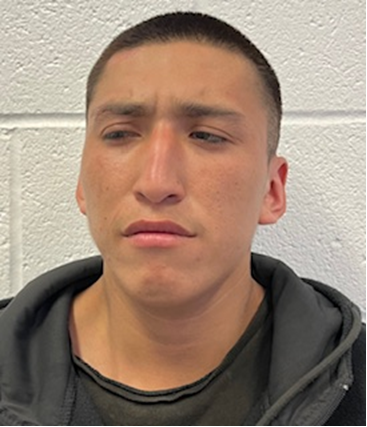
- Details
- By Native News Online Staff
A 22-year-old San Carlos Apache Tribe member has been arrested and charged with arson in connection with the Watch Fire that terrified hundreds of people as they fled for their lives, leaving many homeless.
The San Carlos Apache Police Department (SCAPD) and the Tribe’s Game & Fish Rangers arrested Keanu Dude 13 days after the fire was started. Dude was arrested at approximately 2 p.m., July 23 and is being held in the San Carlos Adult Detention & Rehabilitation Center. Dude lives in the Gilson Wash District and is unemployed. Dude has a criminal history of assault, domestic violence, and other charges.
More Stories Like This
Native News Weekly (August 25, 2024): D.C. BriefsUS Presidents in Their Own Words Concerning American Indians
NDAA passes House; Lumbee Fairness Act Advances
NFL, Vikings to Host Native All-American Game, Youth Flag Clinic
Senate Committee on Indian Affairs Passes 12 Bills to Strengthen Tribal Communities
Help us defend tribal sovereignty.
At Native News Online, our mission is rooted in telling the stories that strengthen sovereignty and uplift Indigenous voices — not just at year’s end, but every single day.
Because of your generosity last year, we were able to keep our reporters on the ground in tribal communities, at national gatherings and in the halls of Congress — covering the issues that matter most to Indian Country: sovereignty, culture, education, health and economic opportunity.
That support sustained us through a tough year in 2025. Now, as we look to the year ahead, we need your help right now to ensure warrior journalism remains strong — reporting that defends tribal sovereignty, amplifies Native truth, and holds power accountable.
 The stakes couldn't be higher. Your support keeps Native voices heard, Native stories told and Native sovereignty defended.
The stakes couldn't be higher. Your support keeps Native voices heard, Native stories told and Native sovereignty defended.
Stand with Warrior Journalism today.
Levi Rickert (Potawatomi), Editor & Publisher


